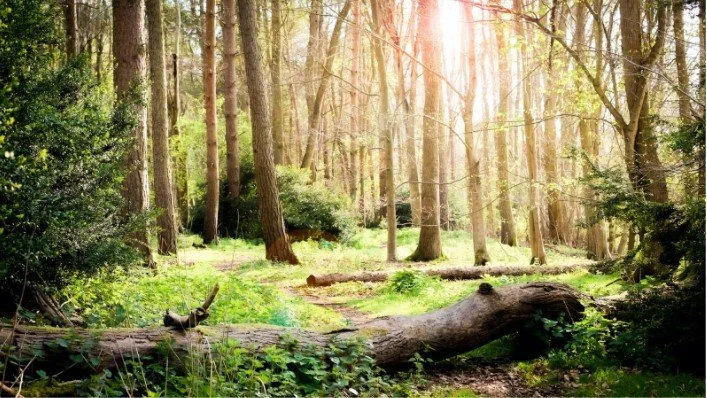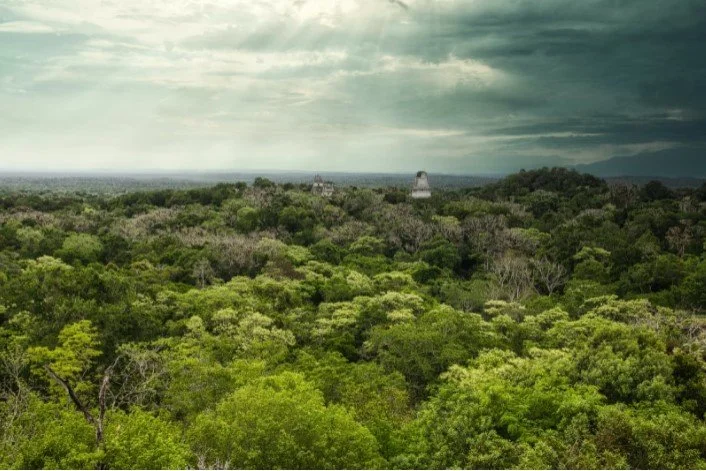Forests face a number of interconnected challenges that weren’t there before the explosion in human activity at the start of the 20th century. Now, though, technology could be riding to the rescue. A number of firms are investigating ways to improve the status quo and using innovation to protect the world’s woodlands for the future. Technology has come a long way over the years, and there are many development projects in the making about biodiversity as we try to reduce the harm we have caused to the planet. Still, it does beg the question what is biodiversity net gain? Put simply, it's an approach to leave the environment in a better state after development activities by enhancing and expanding wildlife habitats to keep our planet thriving.
The value of forests is enormous. According to research, they harbour more than 80 percent of the world’s terrestrial biodiversity. In evolutionary terms, they are primarily responsible for the rapid rate of progress seen in species over recent epochs.
So how is technology protecting the world’s woodland? Let’s take a look.
Drone-Enabled Reforestation
While deforestation dominates the media, we’re actually currently in an era of profound reforestation. Since the 1970s, the area covered by woodland has increased dramatically, particularly in the Boreal Forest that dominates much of the northern hemisphere.
Now, companies are looking to accelerate this process with drone-enabled reforestation. The idea is to use drones to seed vast areas of land with new trees, providing them with sufficient nutrients to get the process started.
Companies are being clever about this. Instead of seeding just one type of tree -- as happens in commercial logging operations -- they’re planting many different species to recreate the ecology of a natural forest. Thus, the types of forests that may emerge from these projects could be much more diverse than what we’ve witnessed so far.
Stakeholder Platforms
Stakeholder platforms are another powerful idea that is helping to improve woodland management. The idea is to bring groups of people together from all walks of life to discuss how to make best use of the shared resource. This way, companies involved in forestry mulching can liaise with local politicians, planners, developers, and experts. Getting everyone together on the same forum improves outcomes for all.
Smart Sensors
Many countries around the world are also installing satellite-connected sensors in their forests to monitor logging activities. Illegal logging continues to be a major issue in places like Borneo, India and parts of Africa. The hope is that inexpensive sensors will provide authorities with a heads-up as to where such activities are taking place and, hopefully, put a stop to them.
Forest Fire Alerts
Fires are sometimes necessary in forests. But thanks to rising temperatures, they may occur too frequently to be sustainable. What’s more, they may put local people at risk.
Now some countries are adopting the forest fire initiative. The idea is to use satellites to monitor forests and then send alerts to management teams as soon as a fire starts. This early warning signal, planners hope, will be enough to prevent fires from spreading out of control and give technicians time to create fire breaks to stop it in its path.
Conclusion
The pressures on forests are high. However, technology offers a promising compromise that will benefit both agriculturalists and the rest of society. Part of the solution is to sell the value of forests to the public and why they are so critical to a healthy, functional world.



